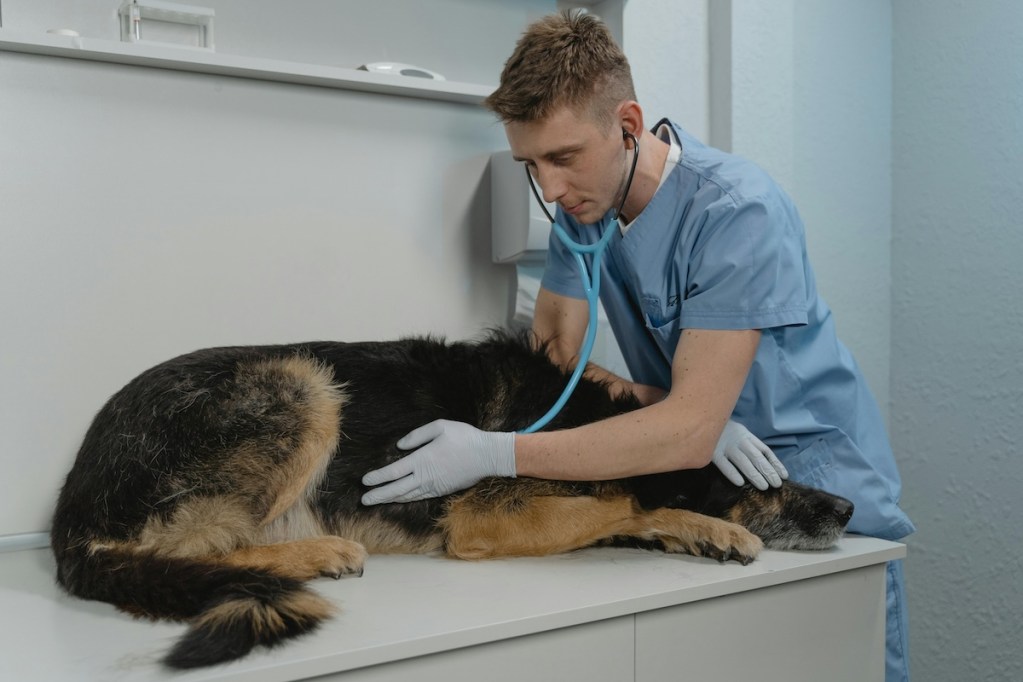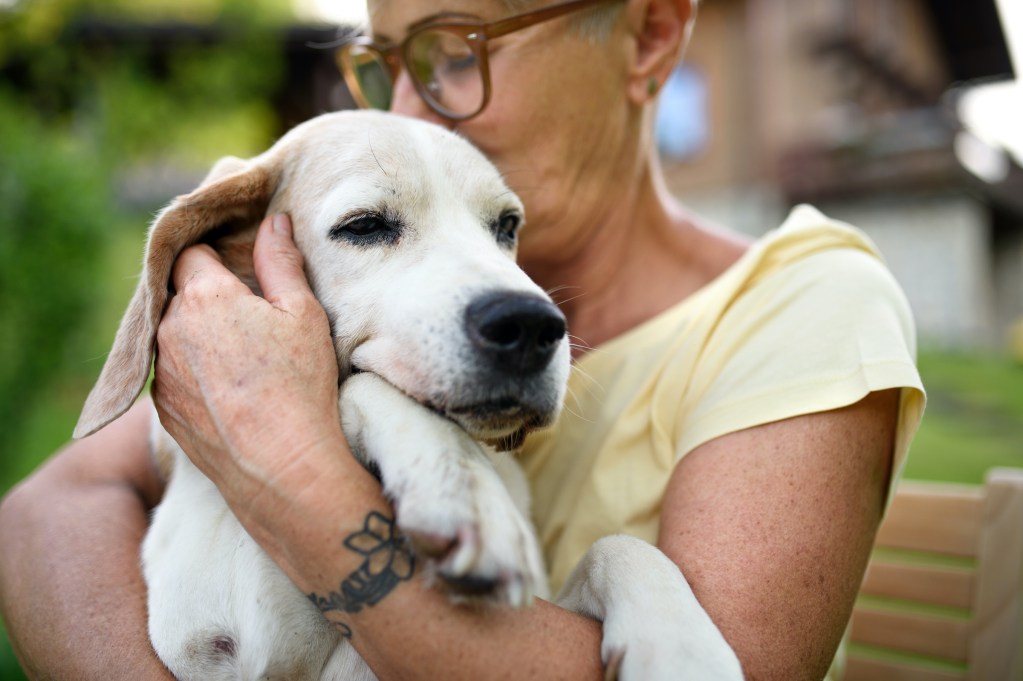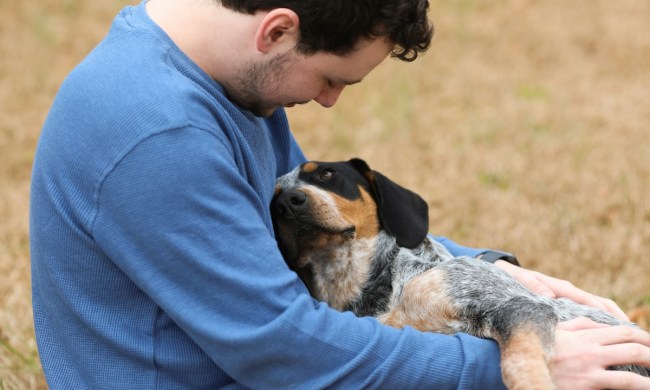Our pets stick with us through thick and thin — they greet us every day when we get home, sleep near us at night, and never mind when we have a bad day. In return, we owe them the best life we can give, which includes a peaceful passing. No one wants to think about their beloved dog dying, and yet, it’s one of the few certainties in our lives.
Sadly, nature doesn’t always step in, and sometimes we have to determine when our pup’s time has come. In these instances, you might have to put down your sweet pet to end their suffering. When is the right time, though, and how do you know? Here’s when to put a dog down.
When is it the right time to put down your dog?

There’s no one way to make this determination, and you should work closely with your dog’s doctor to determine the right time. Generally, you want to avoid your buddy suffering, which often means letting go before you’re ready (and let’s face it, we’re never ready to say goodbye to our furry friends). Different people have different ways of deciding when, and every animal is a unique case — you know your dog best and will be able to tell things have taken a turn. When in doubt, think through these guides to make the right call.
Ask questions
We suspect you’ll be questioning things almost constantly, but really diving into it can give you clarity. Liz Bales, VMD, suggests asking the following, “Does my dog have a good quality of life? Are they eating and drinking? Are they able to urinate/defecate? Do they enjoy human interaction?” If there are other adults in your household, talk to them about what they think about your pooch’s behavior as well.
Use the Dog Quality of Life Scale
Because there are no easy answers, you can turn to the experts for a little help here. Dr. Alice Villalobos put together this scale, also sometimes known as the H5M2 scale. The full acronym stands for: Hurt, Hunger, Hydration, Hygiene, Happiness, Mobility, and More good days than bad. For each portion, you decide (possibly with help from your vet) where you should place your beastie, from 0 to 10, with 10 being their best self that you can remember. Then tally it up and gauge their quality of life overall.
Who provides dog euthanasia?

When it comes time, your vet will be the one to provide euthanasia. Sometimes, you can have their doc come and put your dog down in your home, which can help alleviate everyone’s stress. If you go that route, set up a spot in the house for their final moments with a blanket and maybe their favorite stuffy.
Many communities have low-cost options as well, through the ASPCA or Humane Society. Make sure you talk through the process in advance so that you know what to expect and can prepare yourself. Many experts recommend staying with your dog, regardless of where it happens, to help ease them to sleep.
Figuring out what’s right for your dog

Even armed with a checklist and your vet’s opinion, it may feel impossible to know that it’s the right time to help your dog move on. As much as you can, try to think about what they want and what they might tell you if they could. While monitoring food intake and pain levels gives you a glimpse into the most important pieces, you may find that the intangibles eventually make the decision for you.
Your dog could clearly tell you when the day has come, even though they can’t speak those words out loud. Before you get there, consider dog hospice or palliative care, which means limiting medical interventions but continuing to treat pain or discomfort. Fido could get to a point where you’re taking it day by day and that’s fine, too. No matter what plan you make, you’ll need to adjust and adapt as their needs change.
There might not be anything harder than putting down your beloved fur baby, but you’ll know when the time has come, and it’s best for them to leave the world gently. Consider honoring her memory in a way that speaks to you — many pet owners keep their pet’s ashes or have a portrait painted of them. Sometimes holding a ceremony can help, especially for children who may get confused. It’s always best to explain to them what’s happening in age-appropriate ways. Someday, you’ll realize that you have put the memory in a special place in your heart and may eventually decide you’re ready to bring another dog into the home.




